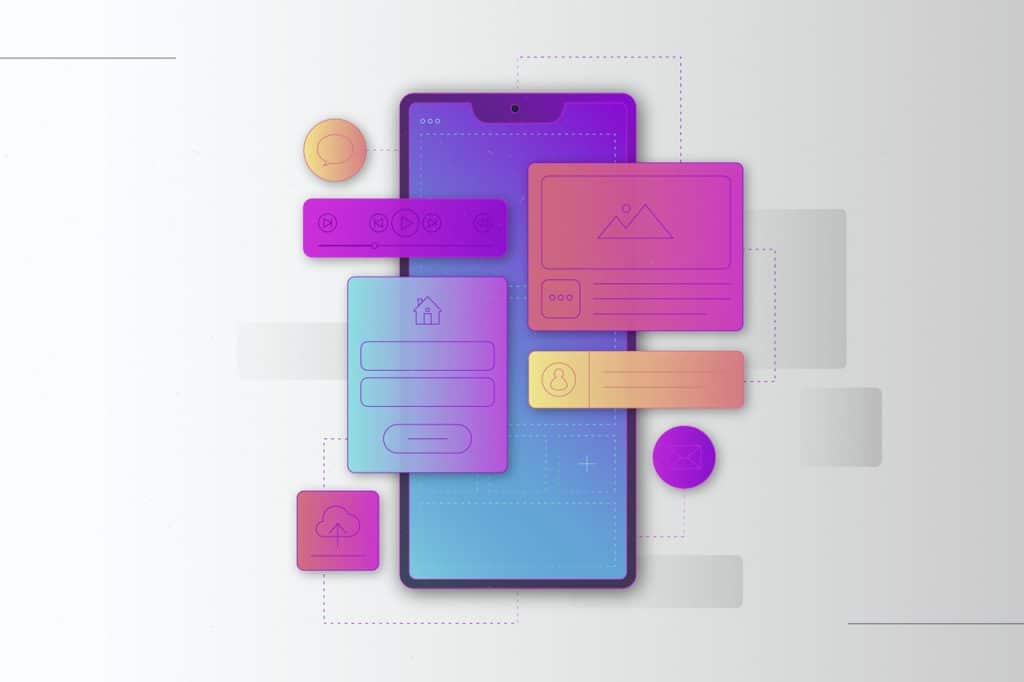Usability testing is a crucial step in the design and development process, ensuring that users can efficiently and effectively interact with a product. However, conducting usability tests comes with its own set of challenges. From recruiting the right participants to analyzing the results, teams often face obstacles that can impact the validity of their findings. Here are six common usability testing challenges and innovative ways to overcome them.
1. Recruiting the Right Participants
The Challenge:
Finding participants who genuinely represent the target audience can be difficult, especially when dealing with niche markets or specialized user groups.
The Fix:
- Leverage user research data to create accurate personas and use those to guide recruitment efforts.
- Partner with communities, forums, and social media groups relevant to your product.
- Offer incentives that appeal to your target audience to encourage participation.
2. Avoiding Participant Bias
The Challenge:
Participants may provide responses that they think the facilitator wants to hear or may feel pressured to give positive feedback.
The Fix:
- Use neutral, open-ended questions that encourage honest responses.
- Ensure anonymity in responses where possible.
- Encourage participants to think aloud as they navigate tasks, rather than simply answering direct questions.
3. Simulating a Real-World Environment
The Challenge:
Usability tests conducted in controlled environments may not accurately reflect real-world user behavior.
The Fix:
- Conduct remote usability testing where users can interact with the product in their natural environment.
- Use A/B testing or session recordings to observe real-world interactions.
- Implement contextual inquiries where researchers observe users in their actual workflows.
4. Managing Time and Budget Constraints
The Challenge:
Usability testing can be time-consuming and costly, particularly for smaller teams or startups with limited resources.
The Fix:
- Use guerrilla testing—conduct quick, informal usability tests in public places.
- Leverage online usability testing tools like Maze, Lookback, or UserTesting.
- Prioritize key user journeys and test only the most critical areas first.
5. Interpreting Subjective Feedback
The Challenge:
Users’ feedback can be subjective and sometimes contradictory, making it difficult to derive clear, actionable insights.
The Fix:
- Focus on behavioral data rather than just verbal feedback.
- Identify patterns and trends across multiple test sessions.
- Use task success rates, time on task, and error rates to quantify usability issues.
6. Ensuring Continuous Improvement
The Challenge:
Usability testing is often treated as a one-time event rather than an ongoing process, leading to stagnation in user experience improvements.
The Fix:
- Adopt an iterative testing approach where usability tests are conducted regularly.
- Build usability testing into the agile development cycle.
- Maintain a usability issue log and track improvements over time.
Conclusion
While usability testing presents several challenges, the right strategies can help overcome them effectively. By recruiting the right participants, minimizing biases, creating real-world test conditions, managing resources efficiently, analyzing data objectively, and integrating usability testing into the development process, teams can enhance user experience and build products that truly meet user needs.


